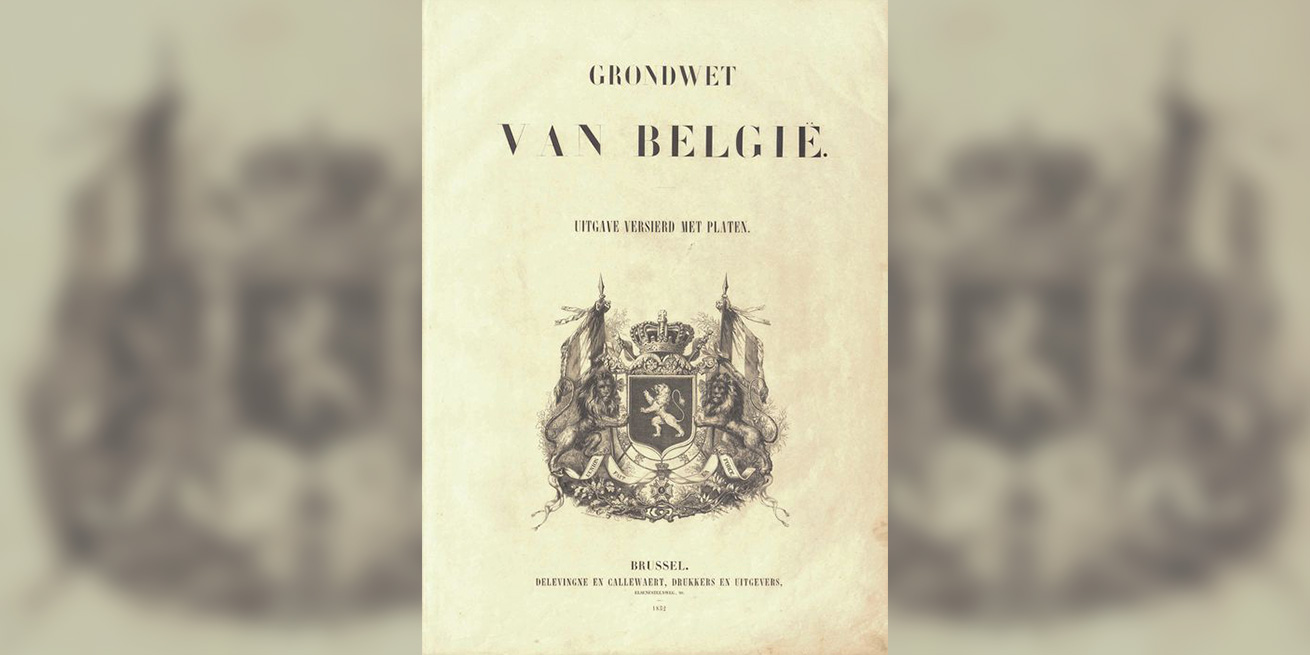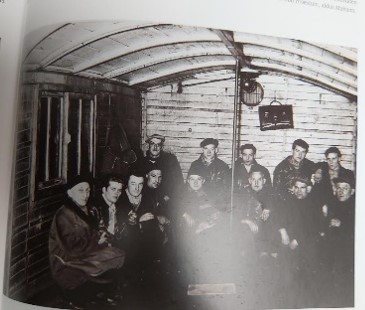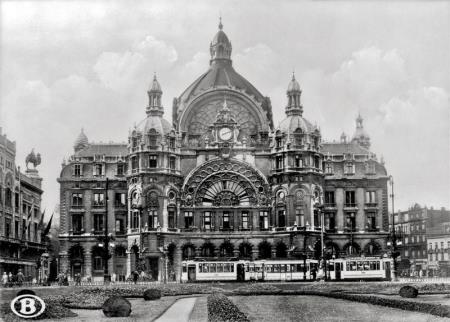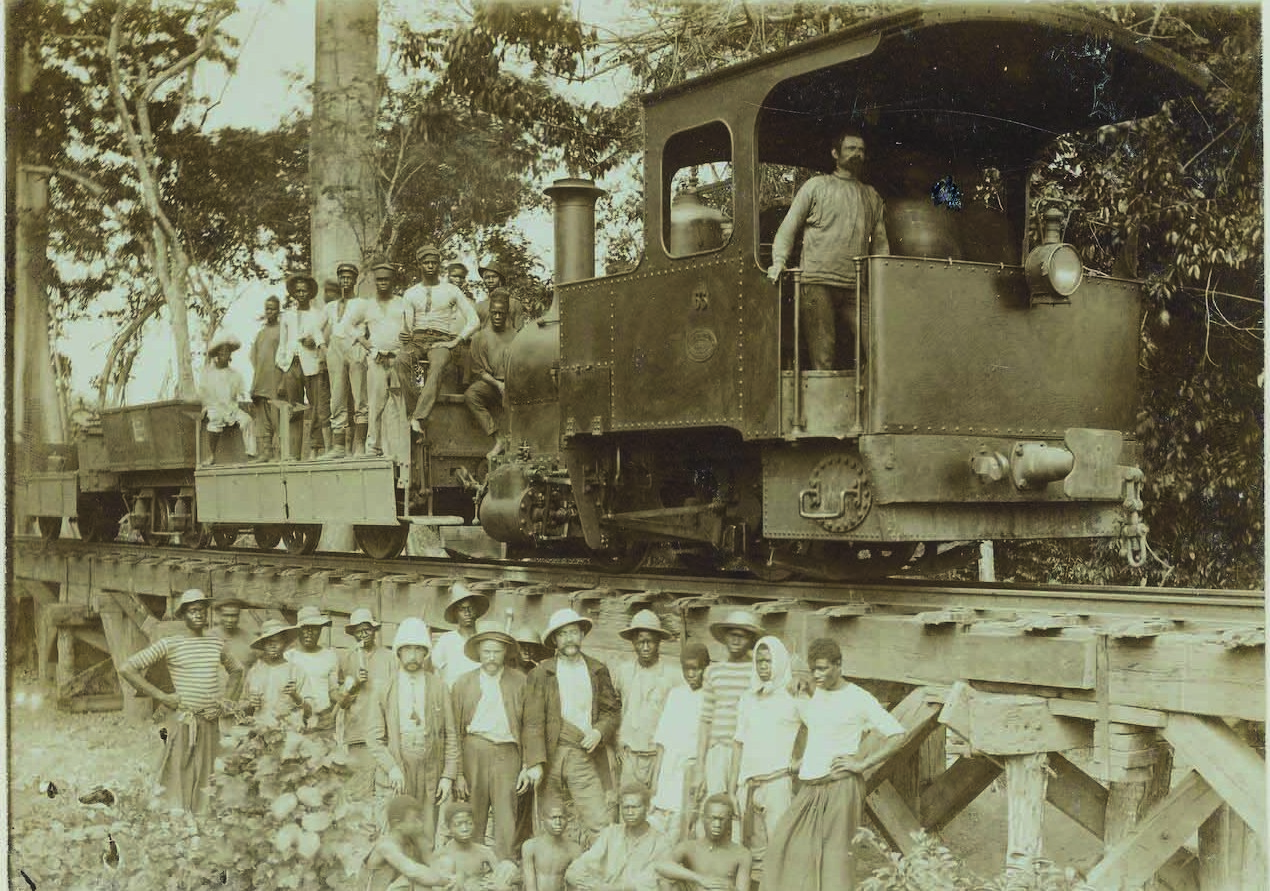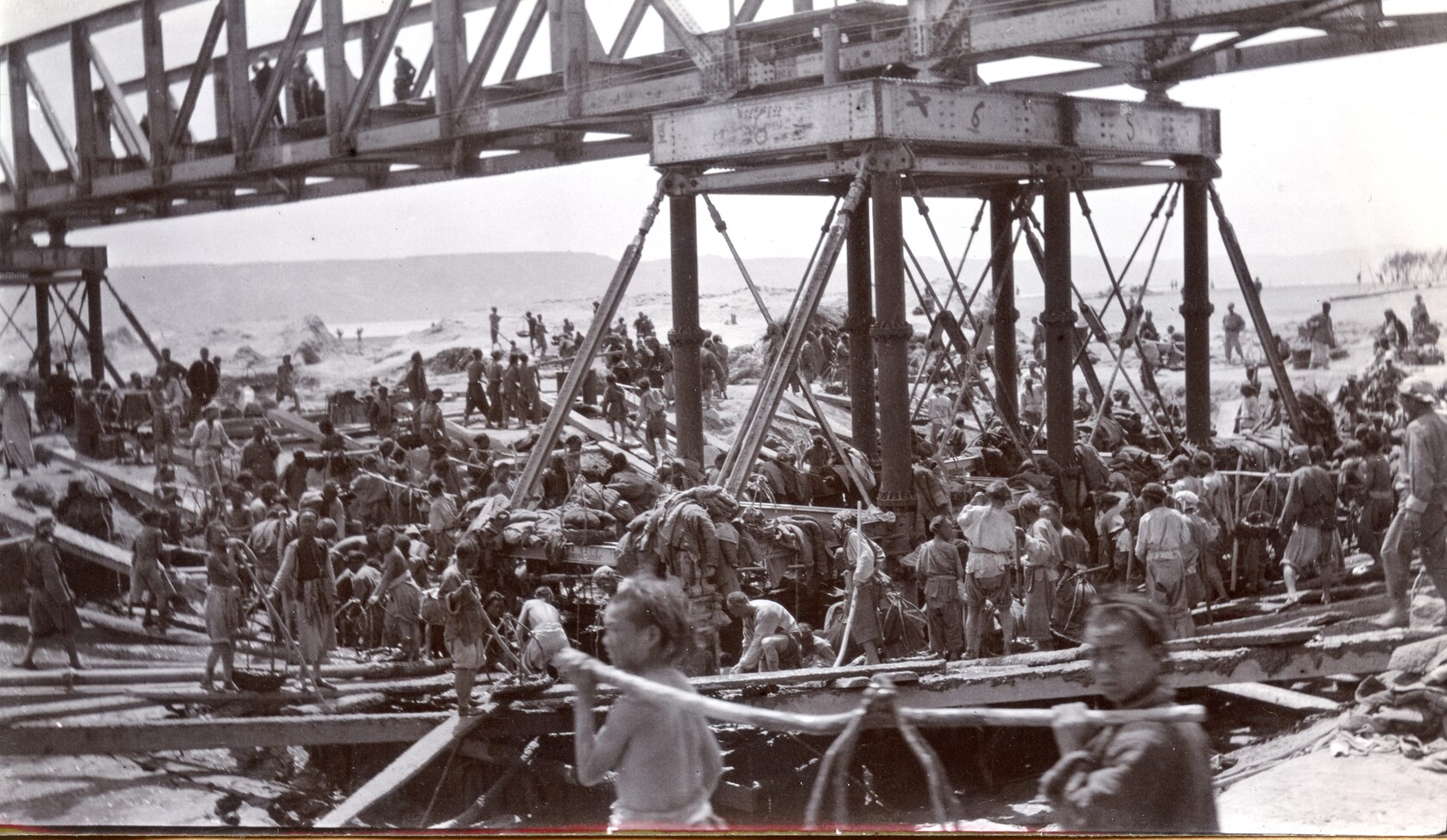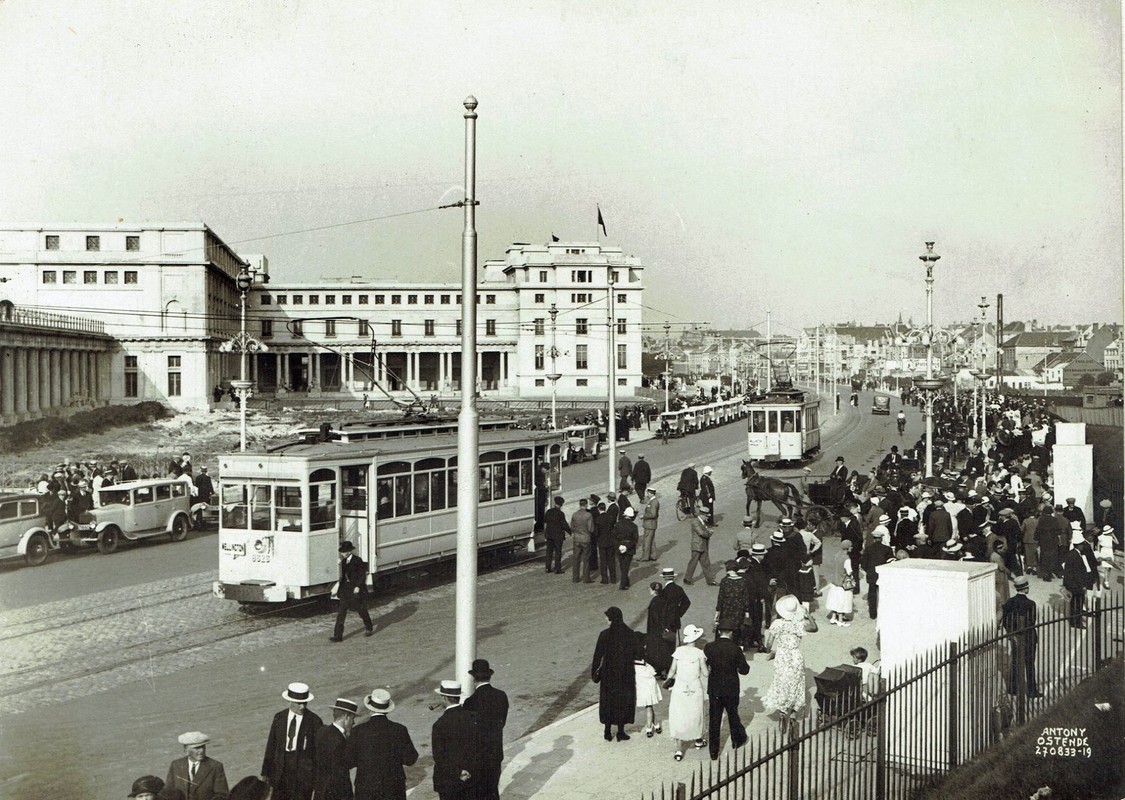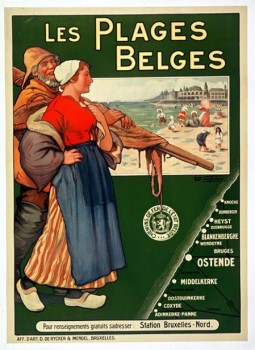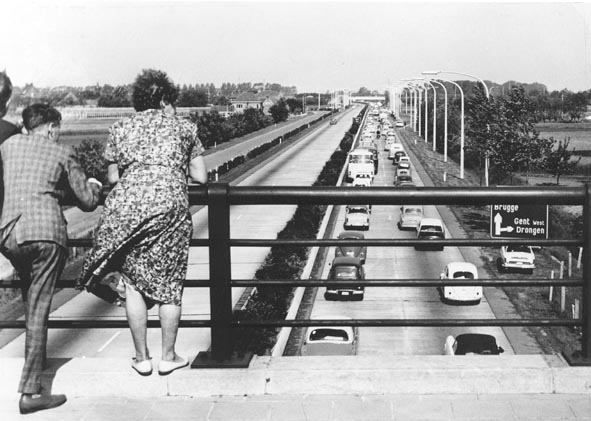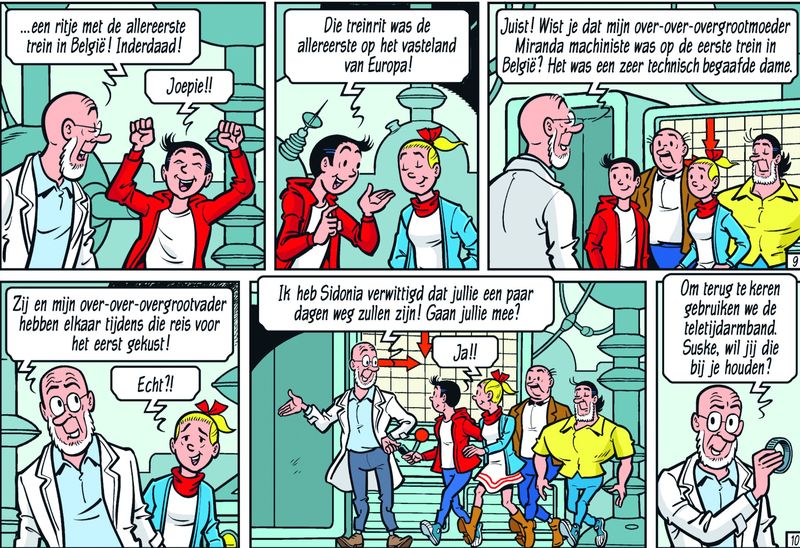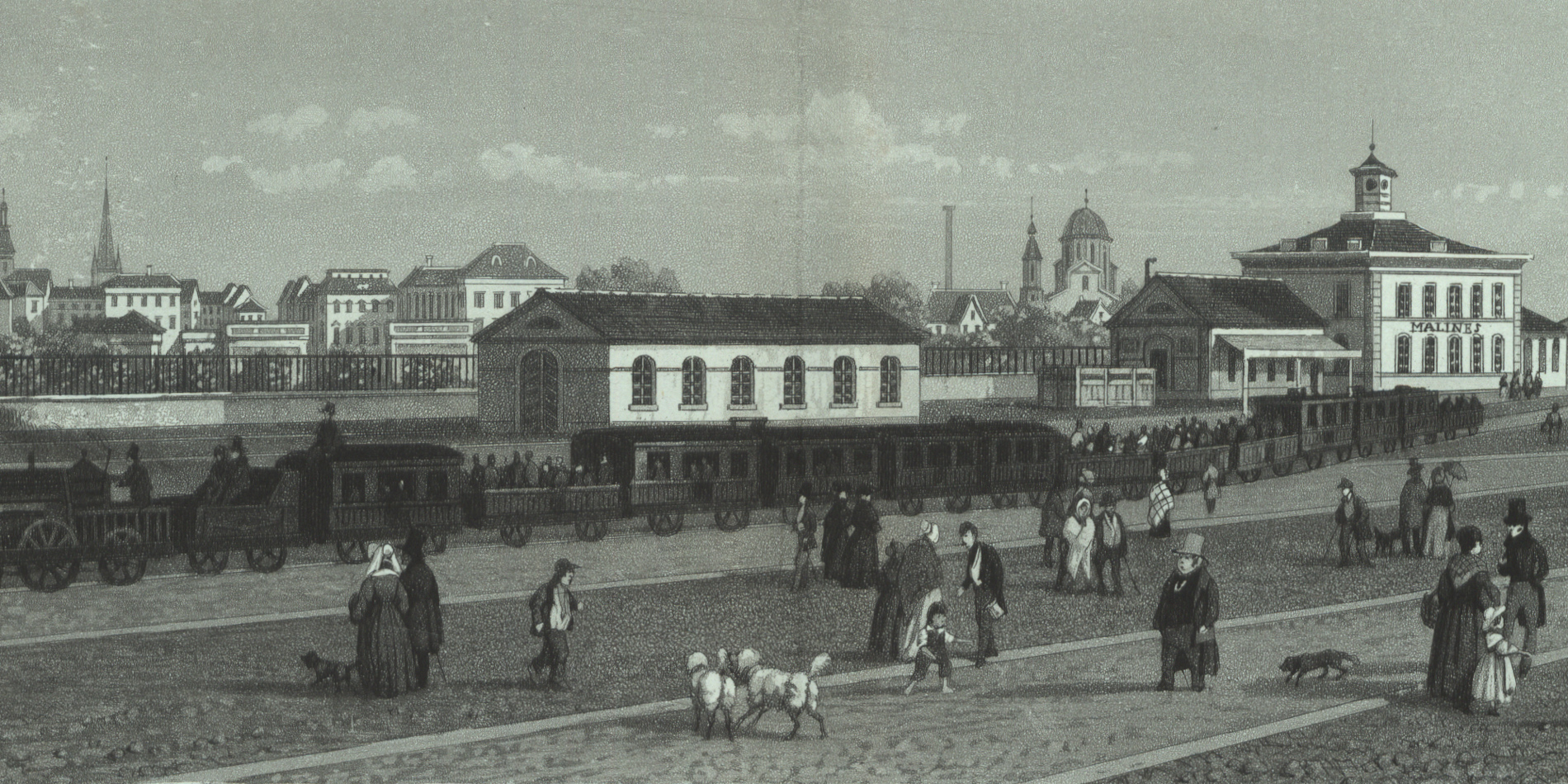
The former station of Mechelen, the arrival point of the first train journey on the European mainland | Regionale Beeldbank Mechelen
The First Train Journey
The Railway Opens Up the Country
On 5 May 1835 three steam trains left Groendreef station in Brussels. On board were nine hundred guests, spread over thirty carriages. When they arrived in Mechelen just over an hour later, a huge popular celebration erupted. The first train journey on the European mainland had gone off successfully.
The inauguration of the first rail connection had been meticulously prepared for. Leopold I had come personally to inspect the engines. However, the king did not himself travel on the 22 kilometre-long route. Who was on board one of the carriages was George Stephenson, the British engineer who had invented the steam locomotive.
The train journey from Brussels to Mechelen was not a world first. In Great Britain trains had been travelling around for several years. But on the European mainland Belgium played a pioneering role. For the young country the building of a railway network was a way of projecting itself as a modern state and emphasising its industrial ambitions.
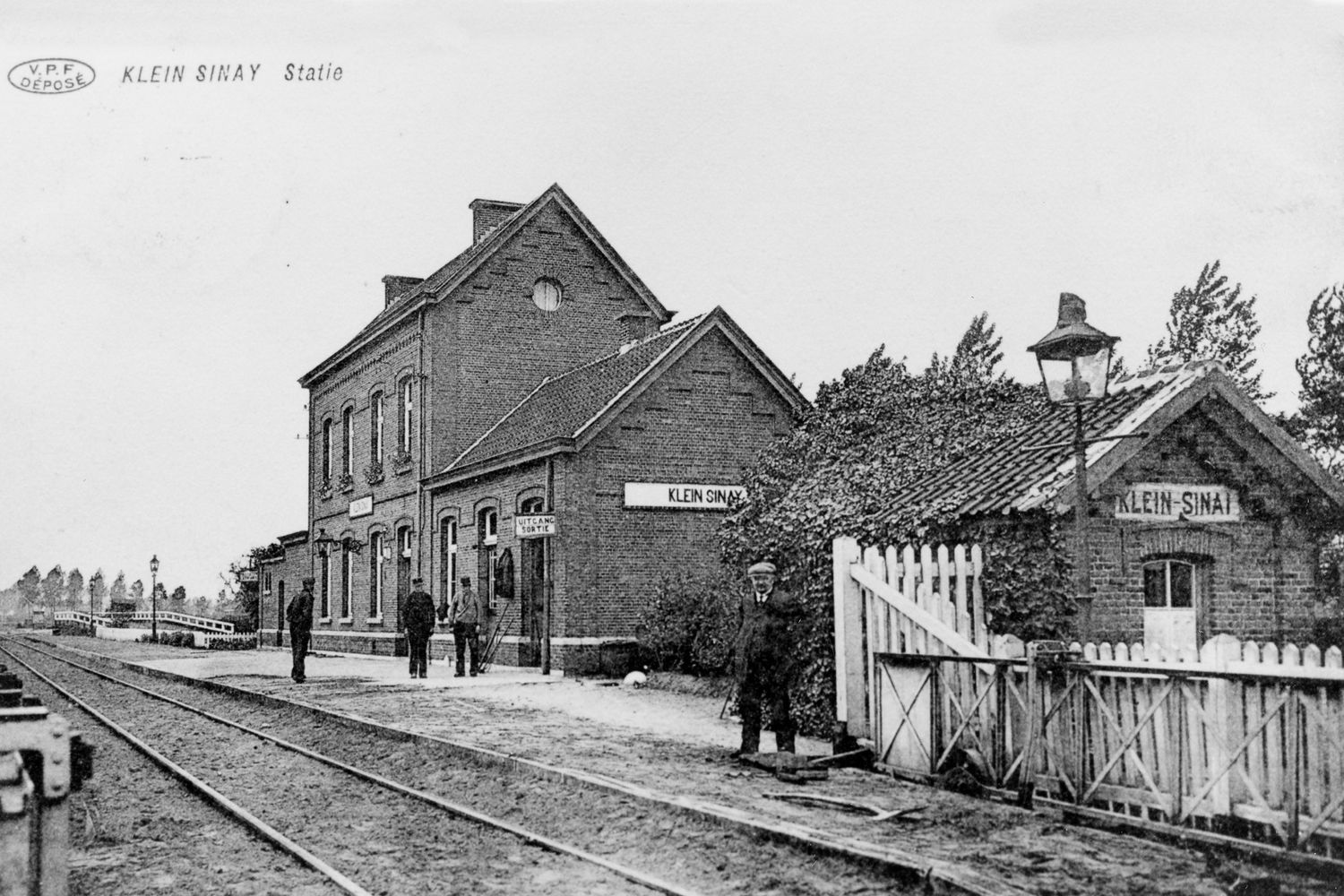
www.klein-sinaai.be
The former station of Klein-Sinaai in the Waasland. For decades workers took the workmen’s train from Klein-Sinaai and other Flemish villages. In the last few years many smaller stations have closed.
The Railway Opens Up the Country
Belgium had been independent for scarcely four years when the government decided to build a national railway network. Mechelen was to be the hub. Soon Belgium had a widely branching train network. After the building of stone-surfaced roads and canals in the previous decades, this was a new important step in the opening up of the country.
The train was a boon for industry. Raw materials could henceforth be transported fast and in large quantities overland. Through the expansion of the rail network the demand for coal, iron, wood and other building materials rose. Partly because of the rail network little Belgium was able to develop into a major industrial country.
Other European countries also invested in trains. Towns, villages and regions were connected with each other via railways and their inhabitants profited from the increased mobility. Thus the railways played a part in the formation of modern nation-states, while also promoting international contacts.
Through their knowledge and experience, Belgian companies had ample opportunity to collaborate in the expansion of railway networks. They exported locomotives and other railway material to all corners of the world. In the Congo Free State too they laid rails to be able to exploit the riches of the Congo. Forced labour and the appalling working conditions caused many victims among the Congolese workforce.
Focal points
Discover more on this topic
Non-fiction
Gent op het spoor: stations maken de stad
Snoeck, 2011.
Paul Delvaux. De man die van treinen hield
Snoeck, 2019.
75 jaar toerisme (in) Vlaanderen
Toerisme Vlaanderen, 2014.
De geschiedenis van de Belgische Spoorwegen. Gisteren, vandaag, morgen
Lannoo, 2017.
Het Gentse Zuidstation en de impact op de stad
Snoeck, 2016.
Het Sint-Pietersstation en de ontwikkeling van de zuidkant van Gent
Snoeck, 2018.
Sporen in België. 175 jaar spoorwegen, 75 jaar NMBS
Universitaire Pers, 2001.
Buiten-sporig Brussel: 50 jaar Noord-Zuidverbinding
Lannoo, 2002.
Centraal Station, spoorwegkathedraal. Antwerpen op de rails, toen en nu
Davidsfonds, 2011.
Het grote Belgische stationsboek
Davidsfonds, 2012.
Fiction
Suske en Wiske. De Fluitende Olifant (nr 388)
Standaard Uitgeverij, 2021.
